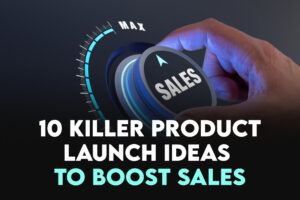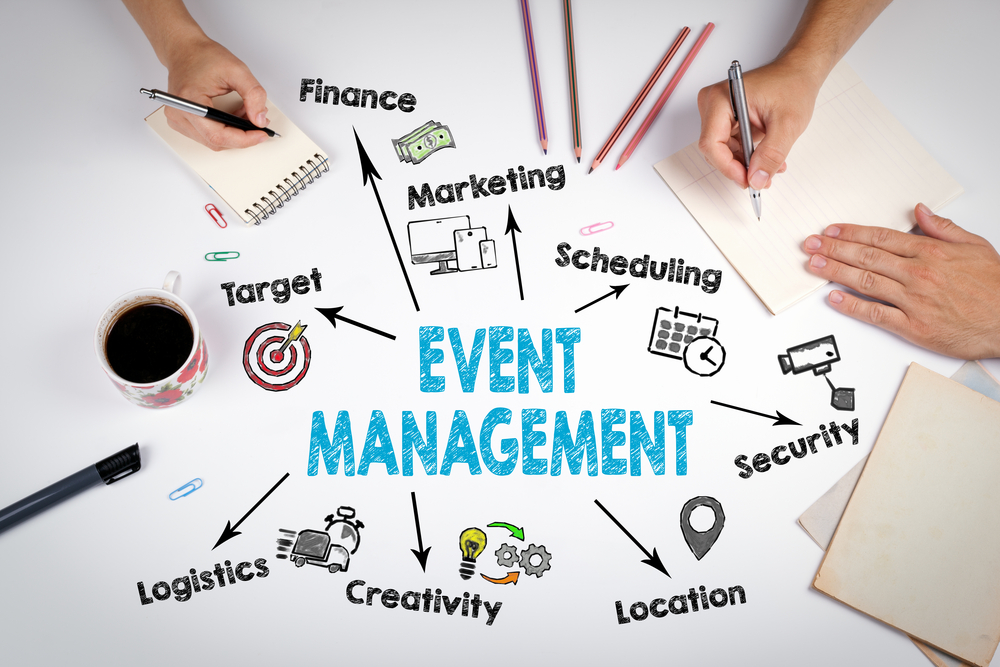

Head of HR at Rent For Event

Head of HR at Rent For Event
Every event requires proper planning and the right combination of audio-visual setup. Successful events are always characterized by the comfort level of the audience enabling everyone in the crowd to appreciate the theme and the environment as an experience.
Some events are so chaotic and messy that even a bystander can tell that the event is planned haphazardly and last minute. Things often go wrong because organizers do not pay attention to details which can cause huge problems. For instance, it is not unusual for organizers to realize that their laptops are not compatible with the available technology for presenting. Since many people often arrange events at the last minute thinking they have enough time, such mistakes are not uncommon.
As an event planner, you don’t have to learn the hard way when it comes to setting up an amazing party or event. Instead, you can avoid embarrassment by taking care of the following 12 biggest audio and visual mistakes that we’ve listed below.

Visual content is often the backbone of a great event. Most organizers trust their technical team to help them set up a flawless visual presentation; therefore, they rarely coordinate effectively with the team in charge of creating the visual set up.
The most common result of this miscommunication is letterboxing issues. Letterboxing is two black lines at each end of the screen that show up if the screen size is not adjusted to common aspects ratios of 16:9 or 4:3. Be sure to consider the ratio that works best for you and that you test this out before your actual event.
Presenters spend too much time on creating great visual content ignoring simple screen aspects. Often, it’s too late to adjust the ratio when the actual visual presentation goes live.
In hotels and exhibition venues, event planners sometimes ignore the costs associated with their power supply.
Most of these event venues offer pre-designed event planning packages, which are designed to attract organizers who want an all-in-one solution without major add-ons and customizations. Based on the solution, these providers often assume that the organizer does not need extra power and electric supply for their events.
For instance, if you have the hosting venue also take care of your A/V setup, they will likely cater to what they consider a normal A/V setup. Most venue A/V quotes do not include any extras you may need to power larger or specialized equipment. Making the mistake of not properly accounting for your power costs can drastically impact your overall event. Carefully consider the costs of your power and try to work with a professional A/V versus your venue’s in house A/V team.

Just like visual presentations, audio and music setup also requires attention to detail. Depending on the venue, you should ensure that their equipment has enough audio inputs to handle all the audio setups you will need for your event.
Sound mixing boards have a limited amount of audio inputs so you want to be absolutely sure that you have enough for all of the audio sources at your event. Make sure you’re counting your back up audio sources as well and that the sound mixer board and inputs are compatible. It doesn’t hurt to add a few extra audio inputs just in case, be sure you know what you need.
Since most video equipment is designed to work with specific brands and visual inputs, ignoring what you can use to reliably connect your visual equipment can become a major problem. Ignoring what visual equipment you need and the inputs to match them is a grave mistake.
It’s also worth noting that A/V companies are often not legally required to disclose every minor detail. Make sure you count all of your video inputs and that you have enough compatible video switchers for them.
It’s a natural tendency for event planners to think about the event venue before hiring a capable AV team. If you follow successful event planners, you’ll come to realize that they hire a professional A/V team before making a venue choice.
Hiring the A/V team first is important because your team can not only provide you assistance in selecting the best venue based on your criteria, they can also negotiate the price on your behalf. A professional A/V team can save a lot of hassle and money if you hire them before choosing your event venue. So prioritize when you hire them to be as early as possible.

Wi-Fi has become an integral part of peoples overall experience at events, but some event organizers underestimate the Wi-Fi bandwidth and quality needed to arrange a successful event.
Don’t be tempted by Free Wi-Fi offers when planning your event because you need a powerful wireless setup that can easily fulfill your requirements even if it seems more costly than you’d originally thought. Make sure that your Wi-Fi is able to support all of your audience, the event space, and the devices that will be used in the space. Ideally, you’d use a 3rd-party professional Wi-Fi supplier who can help you properly set up the Wi-Fi versus trying to do it on your own.
We have a blog post that goes more into detail about how you can properly set up your event Wi-Fi you can check out here.
The diverse range of audio and visual brands has made it difficult for event planners to critically evaluate the need for multiple outputs.
Irrespective if the event is held indoors or outdoors, you may need multiple sockets or additional outlets to present all of your audio and visual content properly. Also keep in mind that some of the outputs are rendered useless when arranging formal events, which means you may need more outlets than you had originally estimated.
The number of outputs required can quickly add up if you need to screen different content on multiple screens. Traditionally, this was easy as event planners would only stream the same video on all channels; however, different screens, modern technology, and brands require different configuration. Be sure to set this up properly.
Rigging points are used if anything is suspended from the ceiling. They are instrumental in providing an edge to your presentation at any major event. These days, it is common for hotels, exhibition centers, and well-designed outdoor or indoor venues to offer rigging point setups for lightening and cameras. There may be extra costs associated with setting these up so it’s important to plan this with your A/V company ahead of time.
Event planners need to ensure that they have enough rigging points for their event and that they are set up properly. Besides the associated cost, they should also pay special attention to the safety of the equipment. If necessary, always hire certified riggers to work with your A/V team as they are trained to install this type of equipment in a safe and efficient manner.
Most event venues offer in-house AV, which seemingly would enable event planners to initiate their proceedings easily. These in-house AV suppliers may seem like a good choice because they know the premises inside out, however, they will often overprice and not do as good of a job as a professional A/V company.
Event planners often do not consult an outside A/V supplier, which is a big mistake. If you rent audio/visual equipment in an area like US, external suppliers can offer extremely competitive quotes because they have to compete favorably against the in-house supplier. In fact, their advantage mainly lies in the independent and impartial advice they can give in arranging a successful event at your chosen venue.
In addition, well-reputed external AV suppliers have a variety of equipment and products that can offer a big advantage to event planners. Therefore, it makes sense to consult an external AV supplier to help cut down costs without sacrificing quality.
Ignoring the event’s audio quality without properly testing its impact on the audience is a potential recipe for disaster.
Always check the audio quality with your A/V rental team before the event. You want to ensure that everyone can easily listen to the audio. Loud or very soft audio will damage the reputation of you and your event because the audience will only remember a buzzing sound that did little to educate or entertain them.
Your planning doesn’t matter if you’re not ready to take control of the audio quality. It usually takes less than a few minutes to address the issue by testing the sound after everything is set up.
Many event planners are taken aback by the final bill presented to them, which includes additional costs associated with event set up time. Before renting a venue, it’s important for you to consider any extra time you will need to set up the equipment. You then want to communicate this to the venue and your A/V team so that you have approval from the venue and don’t find yourself in a position where you can’t finish the setup or the tear down taking much longer than planned.
You want to consider the time it takes to tear down and remove equipment from the premises early. If you have miscalculated these steps, be prepared to potentially pay for more than you anticipated, particularly if there is another event at the same venue and you have to get special approval just to finish the teardown. To avoid surprises, communicate the available setup and teardown times to your team and partners so that you can schedule everything together and get it all approved by the venue beforehand.
The event budget is perhaps one of the most challenging things event planners need to confront. The higher and unexpected costs associated with these bills is usually one’s own mistake as many event planners try to cut corners by neglecting the most ideal equipment and support that ensures the event goes great so they can save a little money. As a rule of thumb, it’s a good idea to add 10% to the final cost to confront any undesirable situation. Also, make sure you have backups for your equipment in case anything goes wrong during the event so you can quickly swap it out instead of being stuck.
By understanding and avoiding these 12 mistakes you can set your event up to be successful, prevent unwanted issues and save yourself the headache and costs that come with them.